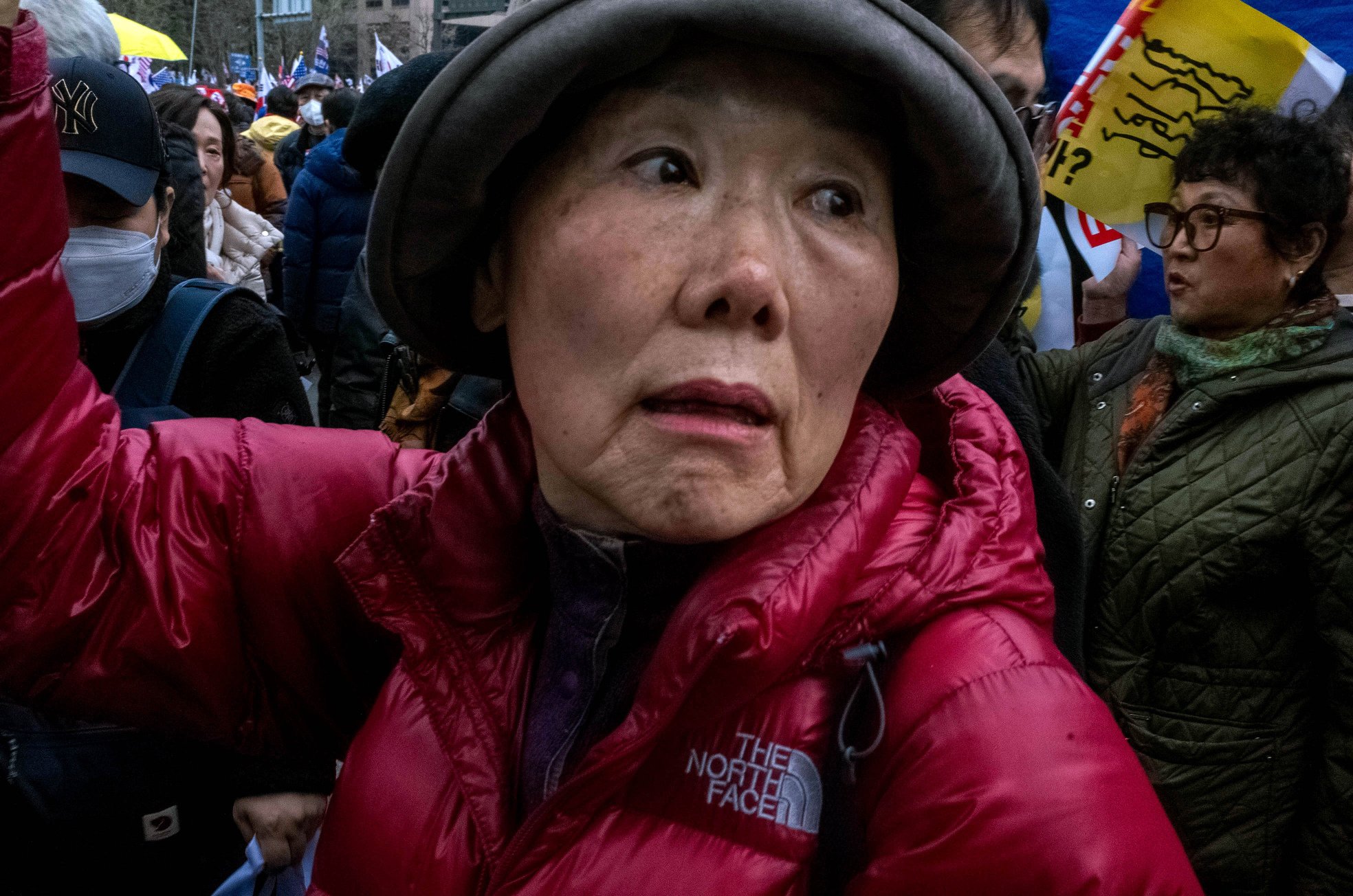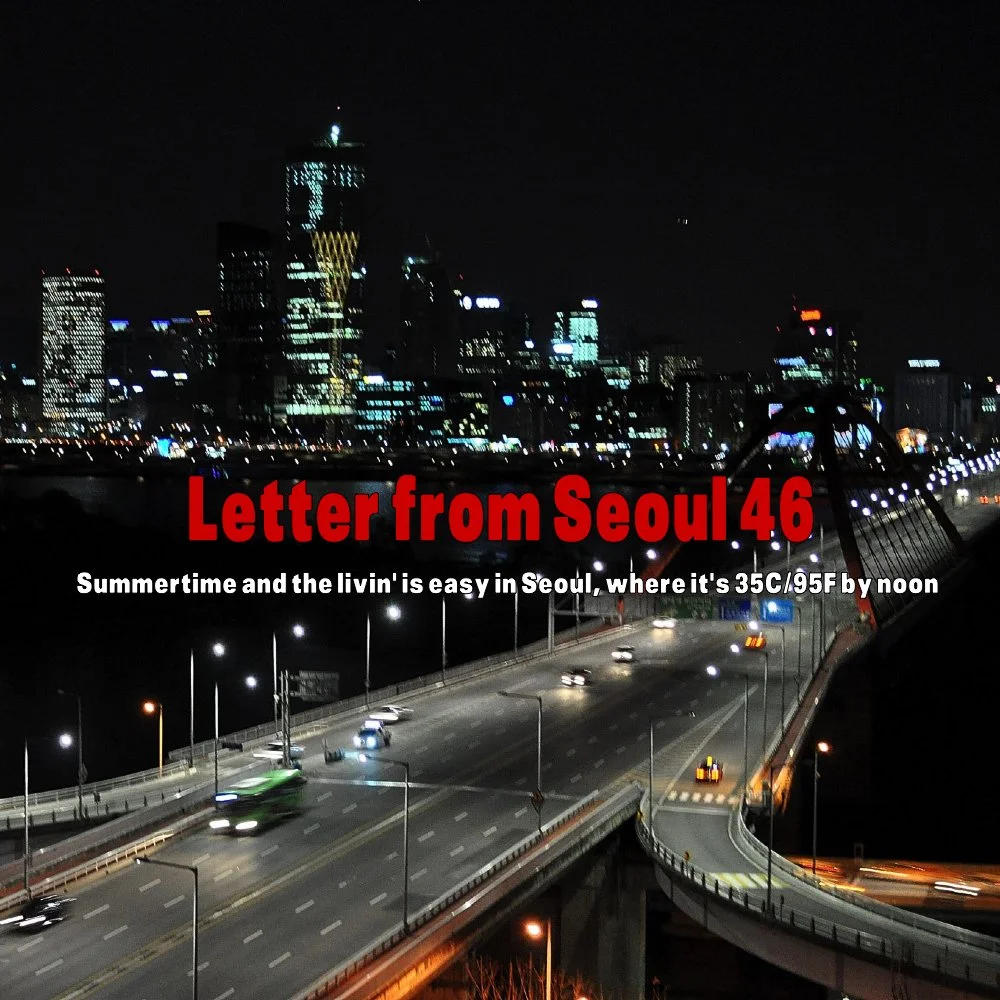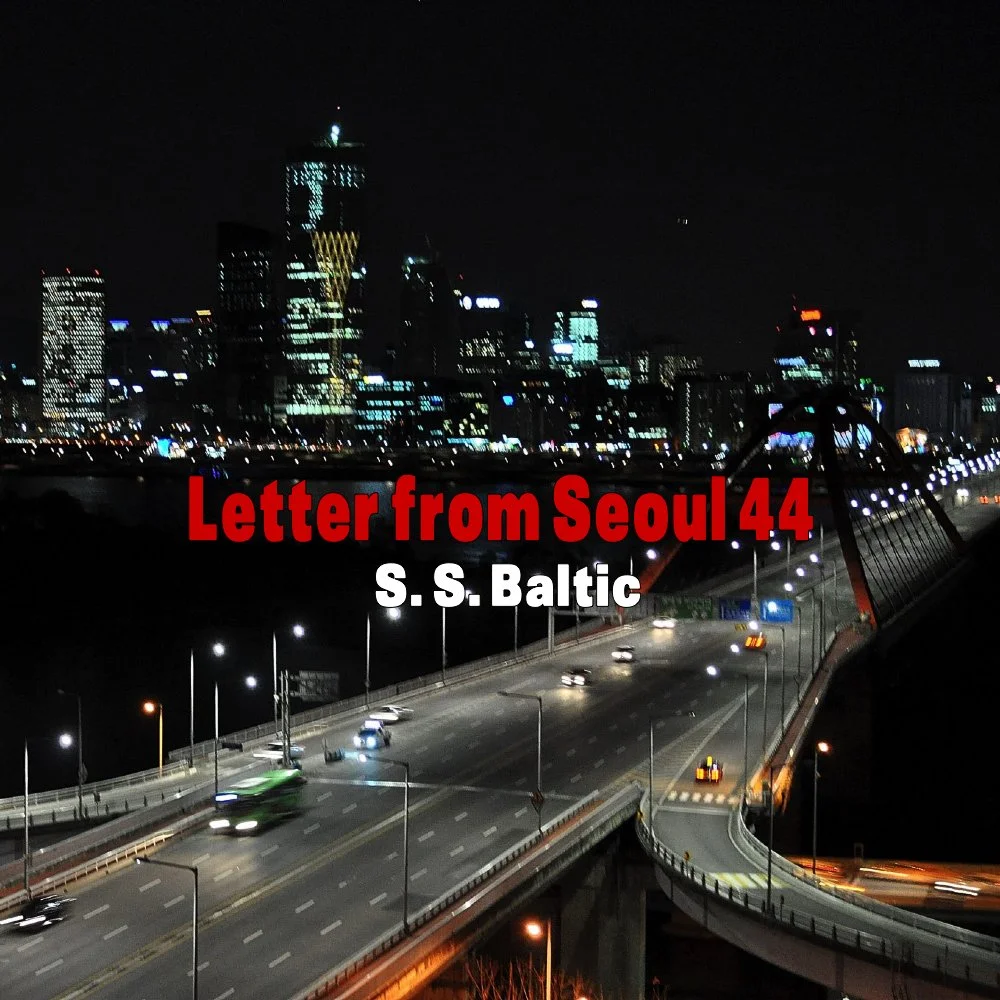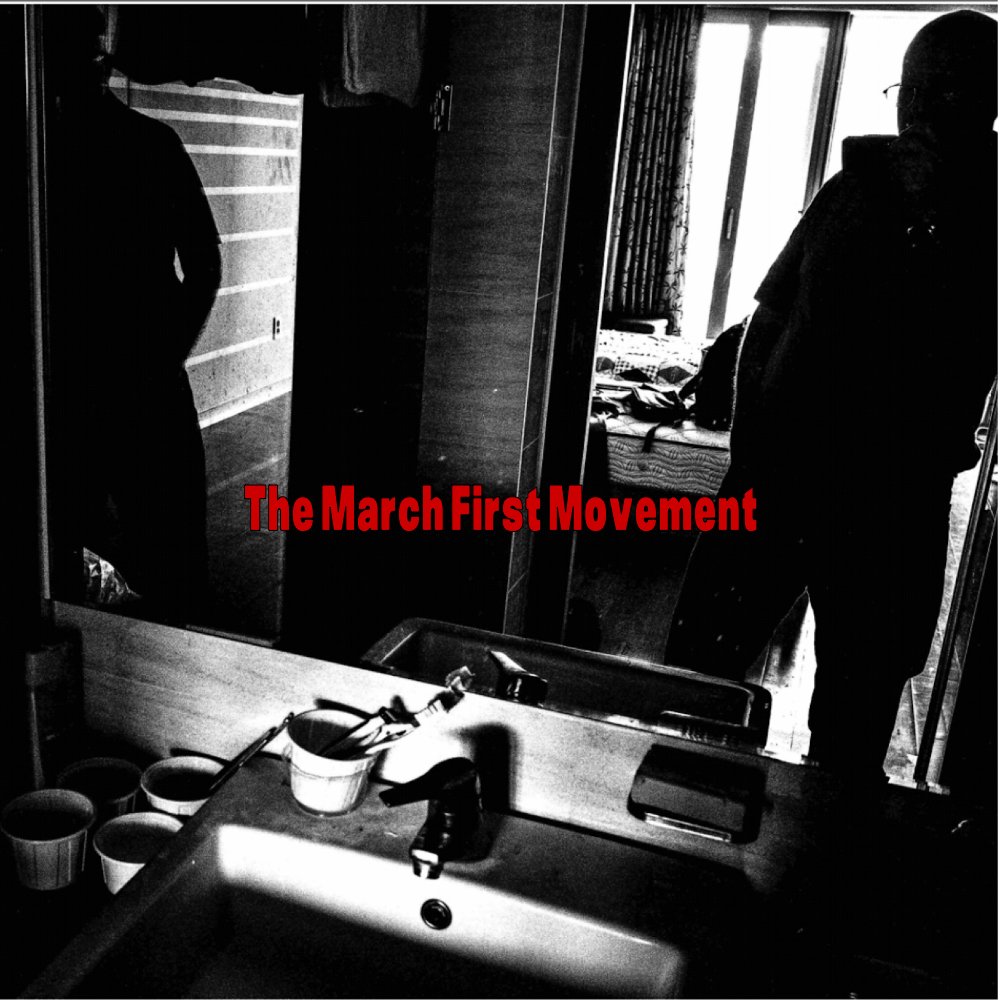Letter from Seoul - 29
The bone-numbing Siberian winds that haunt the Korean peninsula in winter have subsided, and faint signs of spring are gradually emerging. Nothing to make anyone rave with delight, but instead of three layers of clothing, most people can now navigate in public without Eskimo apparel.
Until a dozen days ago, I had never heard of the March First Movement; an historic occasion in Korea when there were mass protests against Japanese rule on March 1, 1919. To this point, displaying the Korean flag was a ticket to prison. So, the Koreans took to the streets to send a fuck you very much message to the Japanese. This revolt paid some dividends, yet at the expense of 7,000 dead and 46,000 arrests.
The worst was still to come when the Japanese Empire went on its rampage in the late 1930s and forced so many young Korean women to become sex slaves for the military. Comfort Women is how they were known. What a sick euphemism.
Somehow, Sookyung’s mother and all the women on both sides of her family were spared this unimaginable horror. Her mother’s brother was hustled off by the Japanese and taken to Honshu, never to be seen or heard from again.
So, 12 days ago, an estimated half-million people gathered at Gwanghwamun Square to commemorate the March First Movement, and the power of protesting against injustice. I have never seen anything on this scale in Seoul before. In my lifetime, the only other public gathering that comes close to this was the Anti-Vietnam War March on Washington in April, 1971 – with an estimated 300,000 people in attendance ... including a one-time sociology major from St. Louis who eventually drifted into photojournalism.
And then this past Saturday, another 50,000 or so people, mostly Gray Panthers, returned to Gwanghwamun Square in support of embattled President Yoon, who was finally released from jail earlier in the day, pending a higher court ruling on his fate for declaring Martial Law on December 3, 2024.
As the Arabs say: “It is written.”
For those of you playing the American TV game show Jeopardy at home:
“Alex, I’ll take Fuck Around, and Find Out for $400."
“The Jeopardy question is: What Korean President was sentenced to prison for bribery and corruption?”
“Who is President Park Geun-hye?”
The accompanying image reflects current life in America and doesn’t require any explanation.
March 3, 2025 - based on multiple sources, especially the work of Kelly Choi
March First is a National Holiday in Korea that commemorates the Independence Movement to gain freedom from the Japanese Occupation (1910-1945). This is one of the most important dates in the country’s long history, and is commonly known as the March First Movement.
In an act of national defiance, millions of Koreans took to the streets on March 1, 1919 and risked their lives to put an end to Japanese Colonial Rule of the country that began with the overthrow of the 750-year-old Joseon Dynasty in 1910.
During the Japanese Occupation, to display the Korean flag was an automatic prison sentence.
Yet on March 1, 1919 - a mass demonstration in Seoul began after 33 Korean leaders who helped author a Proclamation of Independence, read the document in public at Tapgol Park near Gwanghwamun Square - considered the heart of the city.
Japanese officials quickly suppressed the movement, yet not before there had been 1,500 demonstrations throughout Korea with about two-million Koreans taking part.
This ended in horror with around 7,000 Koreans killed by Japanese soldiers and police, and 46,000 people arrested.
While the March First Movement did not achieve the ultimate goal of independence from Japan, it did lead to the Korean Provisional Government, and inspired liberation movements in both China and India – two huge countries trying to resist military and political domination by smaller countries like Japan and the United Kingdom.
In Korean, Independence Movement Day is referred to as Samiljeol because ‘sam’ means ‘three’ for the third month, ‘il’ means ‘one’ for the first day, and ‘jeol’ means ‘festival.’
This became an official national holiday in 1945, to commemorate those who lost their lives for Korean independence. When March 1 occurs on a weekend, the following Monday is a national holiday for all Koreans to commemorate the sacrifices of those who came before them so that there is freedom and justice for all.
There are numerous exhibitions, concerts and parades in Seoul, with most of the activity occurring at Gwanghwamun Square.
Every time there is a rally in Seoul, whether the theme is national pride – or a political agenda, the American flag is always displayed by Koreans. The older generation remains grateful for how the U.S. military saved the southern part of the peninsula from coming under control of the Kim Crime Family in North Korea. The younger generation of Koreans admire American culture and the best ideals of the American Dream.
And there’s nothing quite like a Korean mother’s pride when she can say: “My son is living in America.”
Yet now more than ever, Americans need to embrace defiance – like the Koreans did on March 1, 1919.
Americans must be defiant, and resist losing everything to a few corrupt billionaires intoxicated by their wealth and the power it buys them.
Over time a political virus seems to settle over a country and the decent principles of an admirable people are stripped away, and a cruel madness takes hold.
The last century saw this political virus afflict Russia, Japan, Italy, Germany, Spain, Portugal, North Korea, Cuba, Vietnam, Cambodia, Iraq, Uganda, Iran, Rwanda.
And now America is faced with this potential condition.
According to American essayist Henry David Thoreau (1817-1862), people have the right to disobey unjust laws.
Be defiant, like the Koreans on March 1, 1919.
- All photographs are from Gwanghwamun Square on March 1, 2025
Cameras: Nikon D5300 and Ricoh GR II


























































